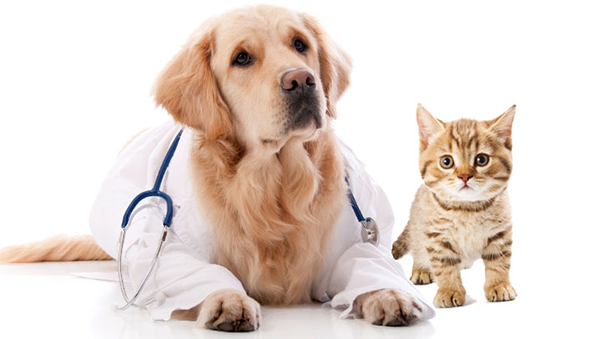Cooler Months and Arthritis
Cooler weather can bring with it signs of arthritis in your pets. Every year osteoarthritis affects thousands of pets. This condition affects humans and animals. The joints most commonly affected in your pets are the hips, shoulders, knees, elbows and wrists. Sadly, in some cases its crippling effects are unavoidable due to conformation, injury, joint abnormalities, being overweight, getting older and general wear and tear. This condition affects the larger more active breeds more and they often develop ongoing problems .
In most cases dealing with this condition is entirely manageable if you can have it diagnosed and treated early in the disease cycle. If you work closely with your Vet to get the right ongoing treatment and support your pet can have a better quality of life.
The clinical signs to watch out for include: spending more time sleeping, difficulty getting up, problems climbing stairs, sitting or resting in abnormal position, limping, stiff after resting, avoiding stairs or not interested in going for walks, change in appetite, trembling, appearing withdrawn.


Arthritic joints almost always have cartilage that has started to deteriorate, so it does not act like a cushion between the bones as it is supposed to. The fluid inside the joint looses its lubricating properties and the joints stiffen up, this causes muscle wastage and leads to inflammation and pain.
Pain in osteoarthritis can be ignored and put down to old age when your pet is not moving as well or not interested in going for a walk. However, animals can react quietly to pain rather than cry out this is because there is a difference between acute pain and chronic pain where the affects are slower and the animal responds by not doing as much. The best way to find out if your pet is in pain is to have a Vet examination and if needed prescribe pain relief and joint support injections, and then watch for the results.
There are a lot of things you can do for your pet to prevent the onset of arthritis and alleviate pain. One of the most important ways is to create a comfortable warm environment especially during winter. Keep them away from draughts, get a bed off the ground and with a lot of comfortable padding which is better than a blanket. Gentle exercise on a lead can be beneficial, and warm hydrobath during winter is really good.
If your dog is showing any of the symptoms described or has osteoarthritis, there are a number of treatments available from your Vet and it is a good idea to look at using supportive products such as enriched dog food, Omega 3, green lip mussel, shark cartilage and glucosamine supplements. Remember as in humans, arthritis can be a lifelong condition, but with early diagnosis and treatment from your Vet and lifestyle changes, your pet can lead a comfortable and enjoyable life.
